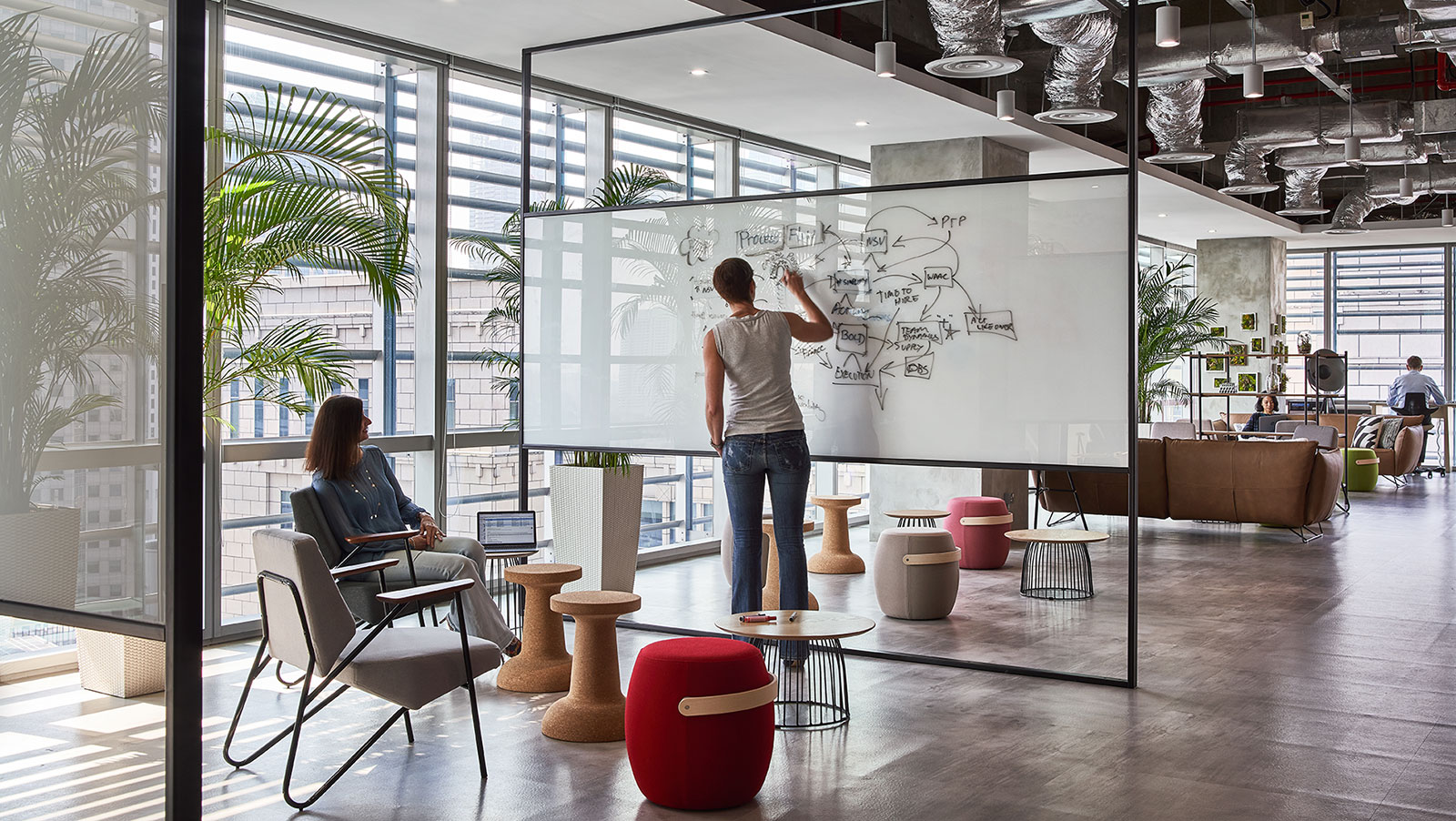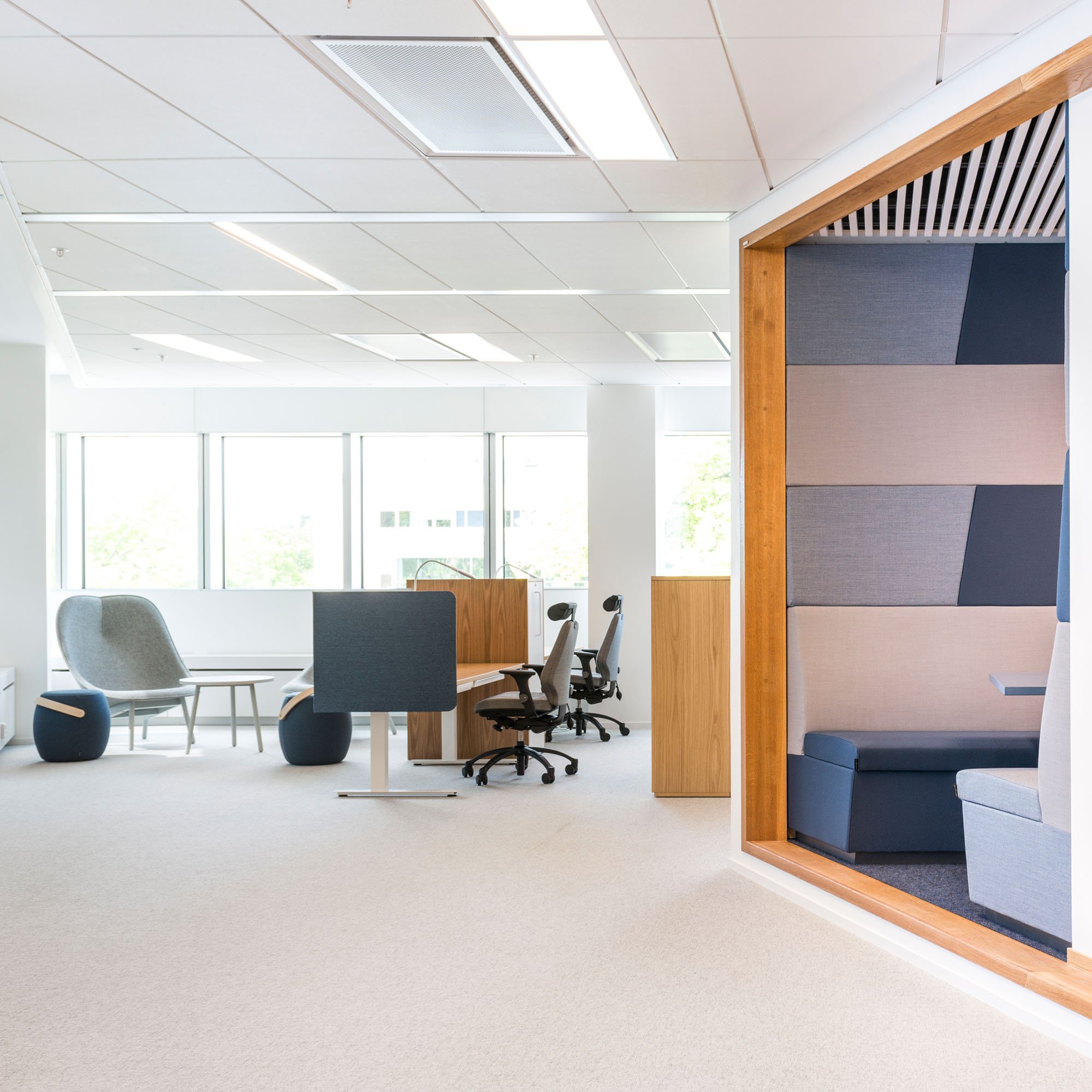For some, this rapidly changing workplace landscape is a bit ambitious. However, there is a general agreement that an attractive workplace will be one that puts more focus on collaboration and meeting, with the acceptance that individual work can be carried out remotely.
Johanna Munck, Vice Director, Strategisk Arkitektur; “What we hear and see so far does not give a clear picture that everything will change dramatically. Meeting to collaborate, learn from each other and create together is still a real need and once you do, the office needs to be attractive, flexible and well thought out to enable productive work on an efficiently utilized space.”
Karin Ståhl, CEO & Workplace Strategist, GoToWork: “Workstations for collaborative work will dominate before workstations for individually focused work. That individual work we will probably do from home in the future.”
And for others, they see that when the office becomes more about the sharing of ideas and coming together, an attractive workplace is one that creates a shared identity, instilling a sense of commonality within a brand, and is above all, experiential.
Niklas: “As staff spend more time elsewhere, it becomes even more important that they feel the community and the corporate culture when they are in the office. The concept of "employer branding" takes on a completely new dimension with new parameters to think about.”
Kirsty Angerer, Ergonomist; “I want to come to a workplace that provides an experience. If you’ve ever travelled through Singapore airport, for example, you’ll know that you are part of an experience. The beautiful landscapes and sounds of birds singing as you travel to your gate, navigating the butterfly garden as you wait for your gate to be announced, the waterfalls in the middle of the terminal bringing nature to you. This is the type of environment that I personally want to walk into, something that evokes joy and happiness.”
Thanks again to all our correspondents.
Click here for part four.
WEb.jpg?width=790&height=440&name=Vipps-Page-(6)WEb.jpg)


web.jpg)